Windsor Square and the Squires of Withycombe - Exmouth Museum and Heritage Centre registered charity 291311
By: Exmouth Museum
Added: 12 July 2012
The Journal this week reports that plans to demolish 24 Windsor Square and build two houses on the site have been approved by Exmouth Town Council.
The property lies behind a high brick wall between the top of North Street and Danby Terrace. I don’t know when it was built, but in the 1851 census it was occupied by John Perriam, Master, Royal Navy. (No relation to Nancy Perriam). At that time the house was known as ‘Australia Cottage’, and remained under that name until about the 1940s when it was renamed ‘The Old House’. (Windsor Square itself was previously known as Brunswick Square - anti-German sentiment brought about the change.)
The house itself, one of the older buildings in Exmouth, was to become the home of Samuel Hull, the last lord of the manor of Rill.
The Hull family acquired Marpool Hall and the Rill estate through marriage in 1695 and it remained in the family for over 160 years.
William Thomas Hull was the member of the family who probably had the most influence on the Town of Exmouth. It was he, as lord of the manor of Rill, who in 1811 built the embankment on which the railway now runs, reclaiming about 40 acres of land from the estuary. The enclosed land remained unused, and although there were some drainage channels it remained mainly waterlogged marshland and known as “the stinking ooze”. This was not surprising as sewage from Withycombe was discharged twice a day at low water through sluice gates in the embankment!
The Withycombe Tythe map of 1838 records that at that time William Thomas Hull owned the vast majority of the land and property in the village of Withycombe and the land to the east up to the northern boundary of Littleham parish.
William Hartopp Hull became squire when he succeeded his father William Thomas, and in 1858 he sold Marpool Hall. One of William Hartopp’s younger brothers was Thomas Hillman Hull. He served in the Indian army and when he was in India became a devoted follower of the Plymouth Brethren. On his return to England it was probably his influence that persuaded his brother the squire to build for the Brethren the Exmouth Chapel in Exeter Road. And for those who used the Exeter Road meeting rooms he also gave land at the bottom of Pound Lane in Withycombe, for use as a cemetery. Both Thomas Hillman and William Hartopp Hull were buried in the Pound Lane cemetery where their two gravestones can still both be seen.
When William Hartopp died his son Samuel became squire of the manor of Rill. Samuel was educated in Wellington, but spent much of his early life in London. By 1891 he was back in Exmouth, living in lodgings in Brunswick Square, now part of North Street. From there he moved to Australia Cottage.
The Marsh, which had been formed when Samuel’s grandfather built the mudbank, remained untouched up until nearly the end of the 19th century. Samuel offered it to the council as a recreation ground, but whilst the council dithered, Alfred Augustus Carter with his son John stepped in and bought 55 acres of the land and in 1897 started building Halsdon Road and subsequently the rest of the Colony. Thus providing much needed housing for the rapidly increasing population of Exmouth.
Samuel died at the age of 86. He was well known in Exmouth, and was a prominent member and generous supporter of many of the local organisations. At the time of his death he was probably the oldest member of the Exmouth Club whose headquarters on the sea-front was the ‘Elizabeth Hall’. He was a past President of Phear Park Bowls Club and a one-time Captain of Exmouth Golf Club. As well as being a magistrate of the Woodbury Petty Sessional Division for over forty years, he was also vicar’s warden in the parish of Withycombe Raleigh. He was unmarried, and with no descendants was the last of the Squires of Withycombe.
Geoff Perriam, Assistant Curator Exmouth Museum 12th July 2012
Latest news
-
Museum Opens for New Season!
Dawlish Museum
-
AGM 2025
Dawlish Museum
-
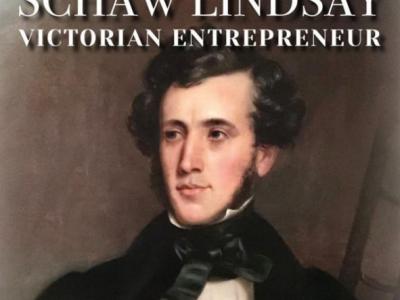
The David Clement Memorial Lecture: William S Lindsay, shipowner, politician and envoy
Topsham Museum
-

Secret Gardens Programmes on Sale now!
Topsham Museum
-

The Box wins second Muddy Stilettos award
The Box, Plymouth
-

Whiteway's Cyder in the 1920s
Whimple Heritage Centre
-
.jpg&w=400&h=300&zc=1)
Groundbreaking art exhibition arrives at The Box
The Box, Plymouth
-

Open call for artists to work on Changing Stories: Connecting and Collecting with Exeter’s Communities
Royal Albert Memorial Museum and Art Gallery
-
Summer season opening
Totnes Museum
-

Save the Date! Secret Gardens of Topsham, Sunday 8 June 2025
Topsham Museum
-
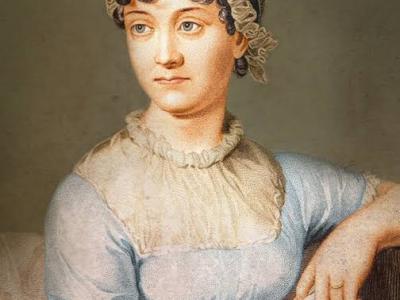
Full Ahead Lecture Season 2025: Jane Austen and her South West Connections
Topsham Museum
-
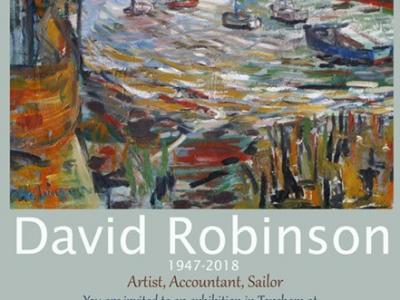
Art Exhibition: David Robinson, artist, accountant and sailor
Topsham Museum
-
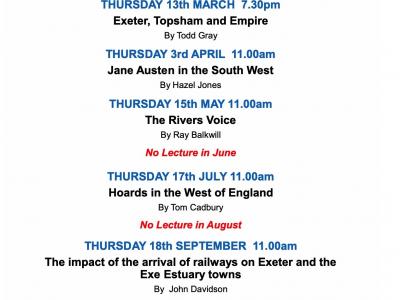
Full Ahead Lecture Season 2025
Topsham Museum
-
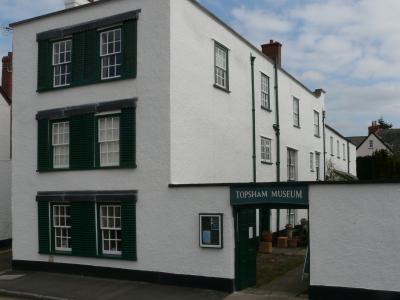
Repairs to the Museum
Topsham Museum
-

New Artist Opportunity from Exeter’s Royal Albert Memorial Museum and Art Gallery
Royal Albert Memorial Museum and Art Gallery









